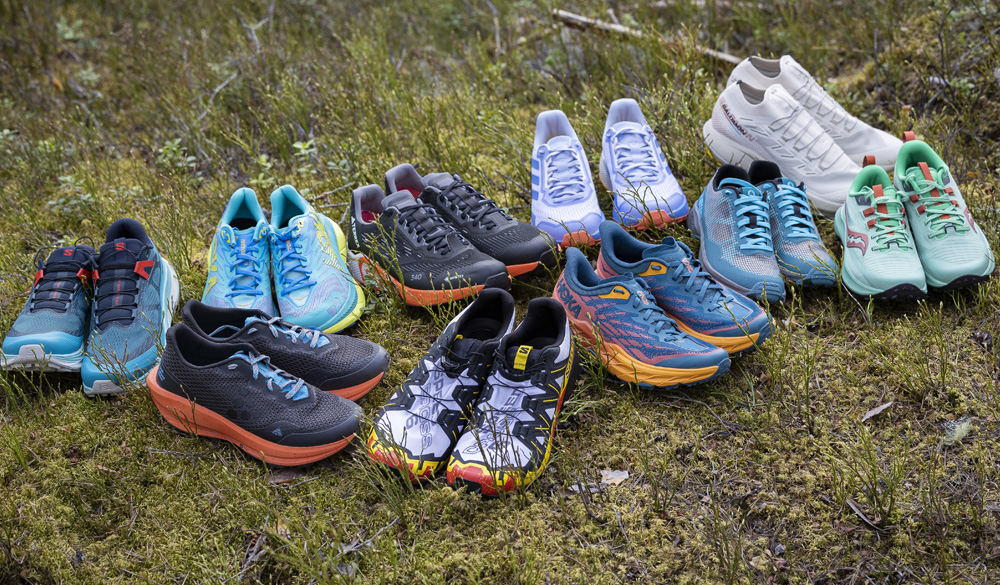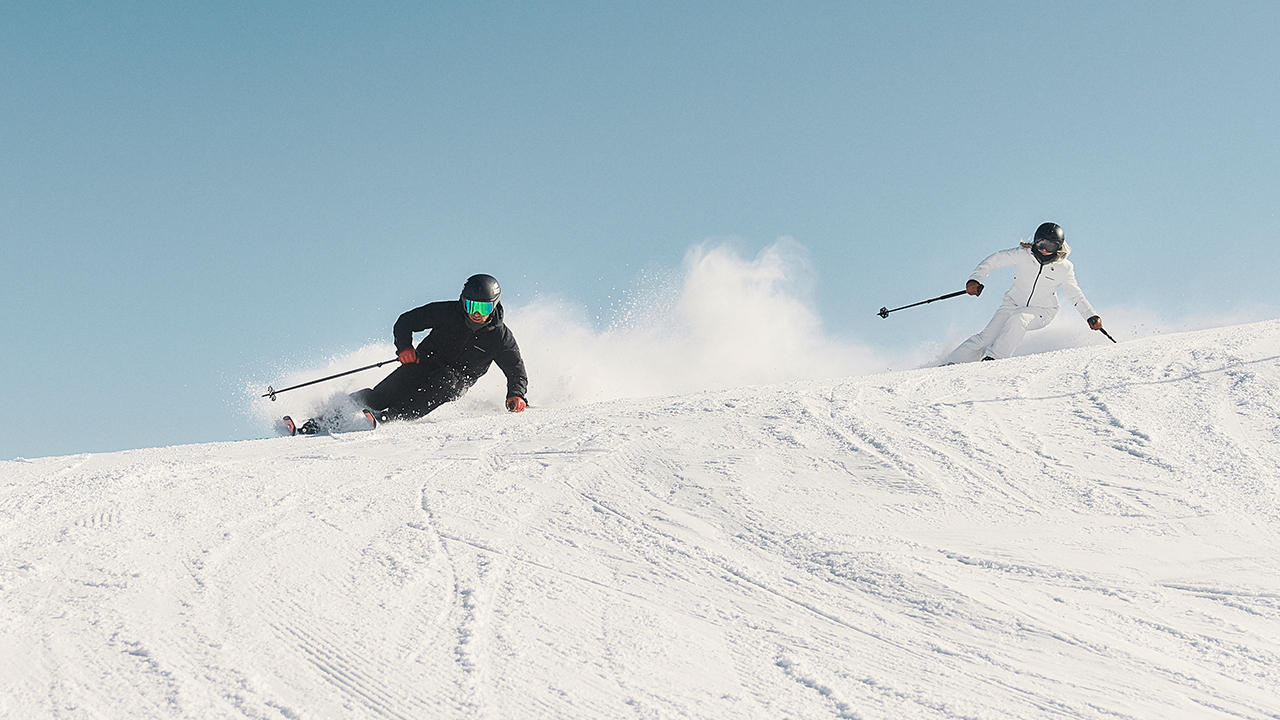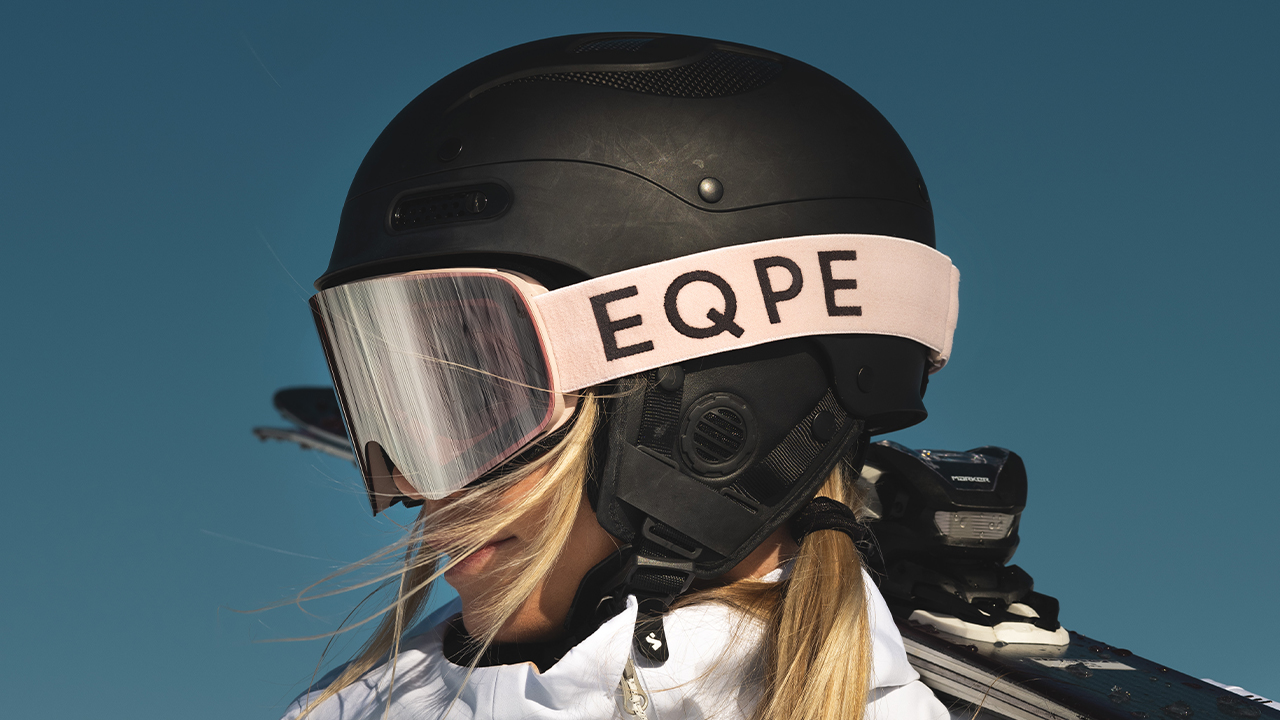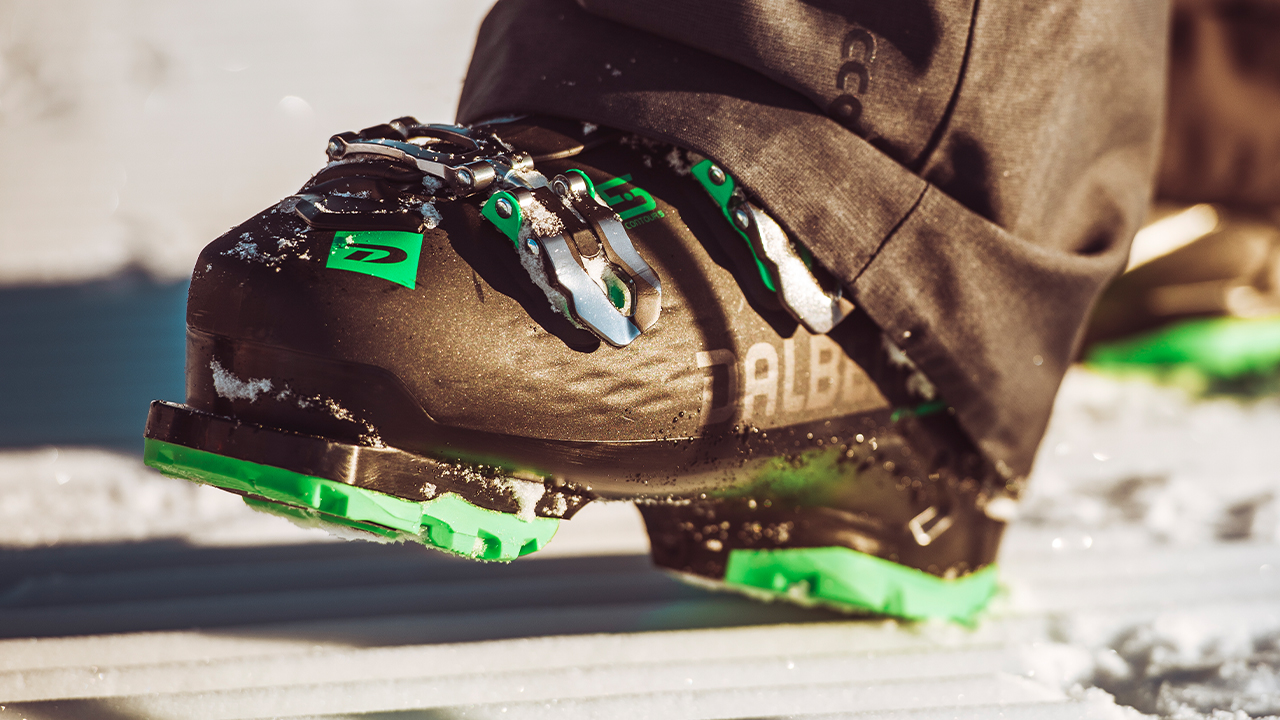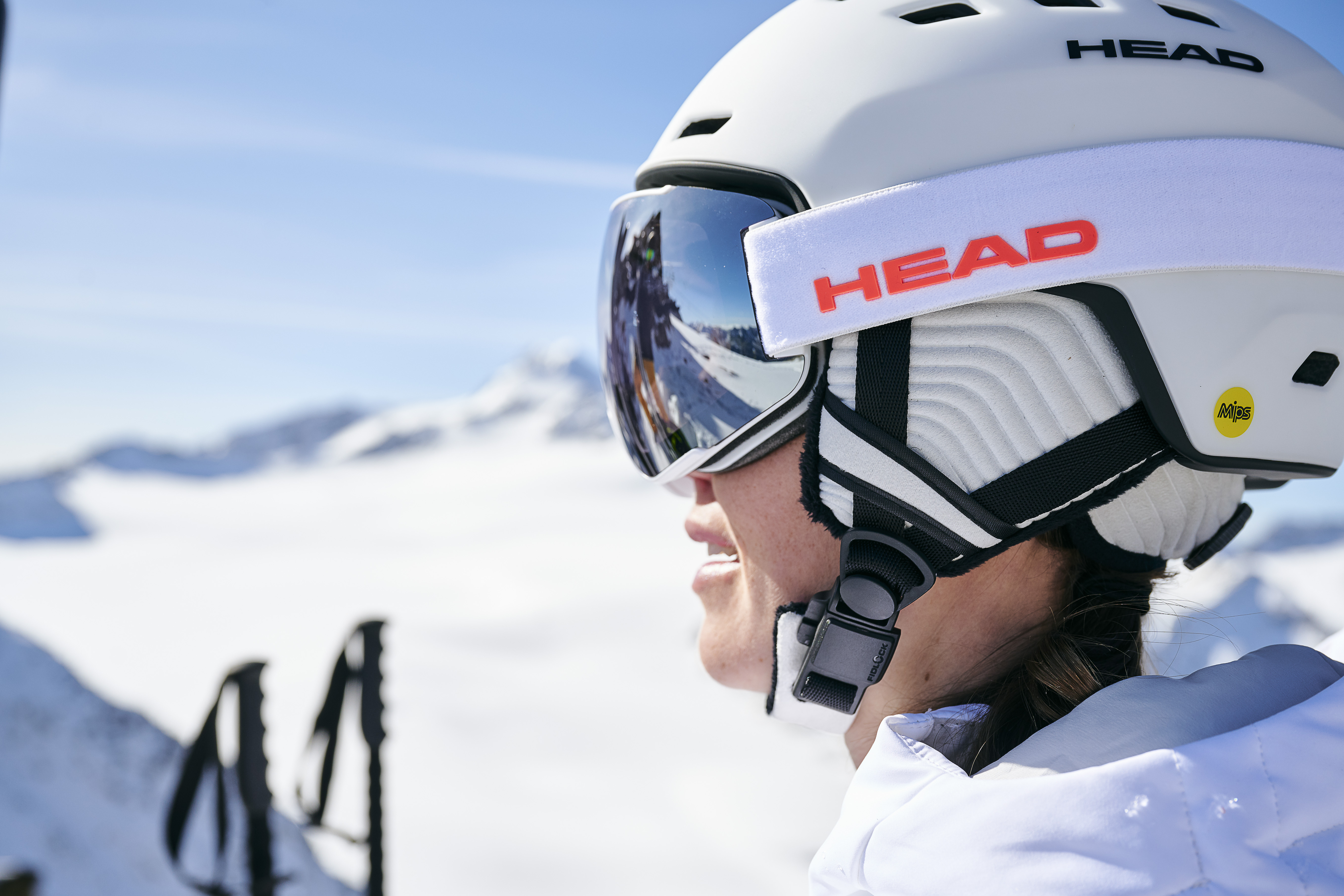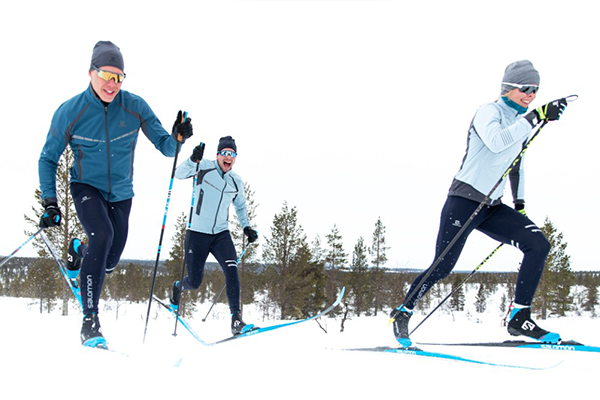What is trail running? Trail running is similar to outdoor running. It's essentially running on more difficult terrain. Trail running often takes place on more technical surfaces and the trail runner often has to zigzag between rocks, roots and muddy puddles. An easy way to classify it is that if a mountain biker is as fast as the runner on the same surface and trail we're talking trail running.
Choose the right trail running shoes
Having the right shoes is fundamental for trail running in the opinion of SkiStarShop.com. We know that the surface may vary. It's often uneven, muddy, slippery, soft or gravelly (and often all of the above during the same run). In addition, it is often wet and the last thing you want is waterlogged shoes. We suggest that your trail runners have the following characteristics:
They have a low wet weight
It is important that your shoes allow water to pass through rather than retain it. Therefore, choose a pair of shoes that are not completely water resistant. This will ensure that the shoes don't become heavy if you run in water or mud. Keep in mind that running shoes are not completely waterproof, it's just a matter of a shorter or longer period before they become soaking wet.
They have a hard sole and low center of gravity
The heel height on a normal running shoe is often 20-25 mm while a trail running shoe should be less than 20 mm. This means that you sacrifice some shock absorbance for better ground contact and a lower centre of gravity. This reduces the risk of sprains if you don't land straight and gives you a better feel for the surface. In addition, it's good if the sole is a bit harder to better handle gravel and rocks and to avoid you feeling every branch and root as you run.
They give you the right grip on uneven and slippery surfaces
The soles should have ridges with rubber studs to prevent mud from sticking. If you live in chilly Sweden you probably won't let a bit of ice and slipperiness stop you either. There is a wide range of running shoes with proper studs that give you a much better grip on slippery surfaces. If you're an experienced runner, you can even choose a pair of shoes with running spikes. They provide good grip but have no real shock absorption. You should hence only use them for distances up to 10k and on soft surfaces.
They are durable and right for your heel
Trail running shoes are often exposed to more wear and tear than a normal running shoe and it is hence important that you chose a durable shoe with strong fabric. It is also extra important that the heel is fixed for trail running.
What about equipment?
When you have found the right shoes you are well on the way but trail running also requires you to plan your clothing and packing. As you run longer distances and sometimes at higher altitudes the weather and temperature can change quickly. You will therefore need to be well prepared.
A lightweight backpack is a trail runner's best friend. By using a backpack you can bring along the essentials, such as a waterproof and windproof running clothes, water and snacks, phone and safety equipment.
We suggest you bring along supplies such as energy bars, water and maybe energy gel. A mug is easy to bring and good to have if you find a clean stream.
For long runs, it may be worthwhile to consider your safety equipment. Telephone, first aid, map, and compass can be good to have if an accident should occur.
Don't forget that simple accessory such as arm warmers, ankle protection, and light running gloves can make a big difference when the weather suddenly turns!
